Zooming in on Details: The Fascinating World of Macro Photography
Macro Photography –
I have always been captivated by the world of tiny details and unseen beauty. With macro photography, (extreme close-up photography) I can use the art of capturing close-up images of small subjects to reveal intricate details that often go unnoticed.
I am a participant in the Amazon Services LLC Associates Program, an affiliate advertising program designed to provide a means for me to earn fees by linking to Amazon.com and related sites. This post may contain affiliate links, which means I may receive a commission, at no cost to you, for purchases made using my links. Please see my disclosure to learn more.
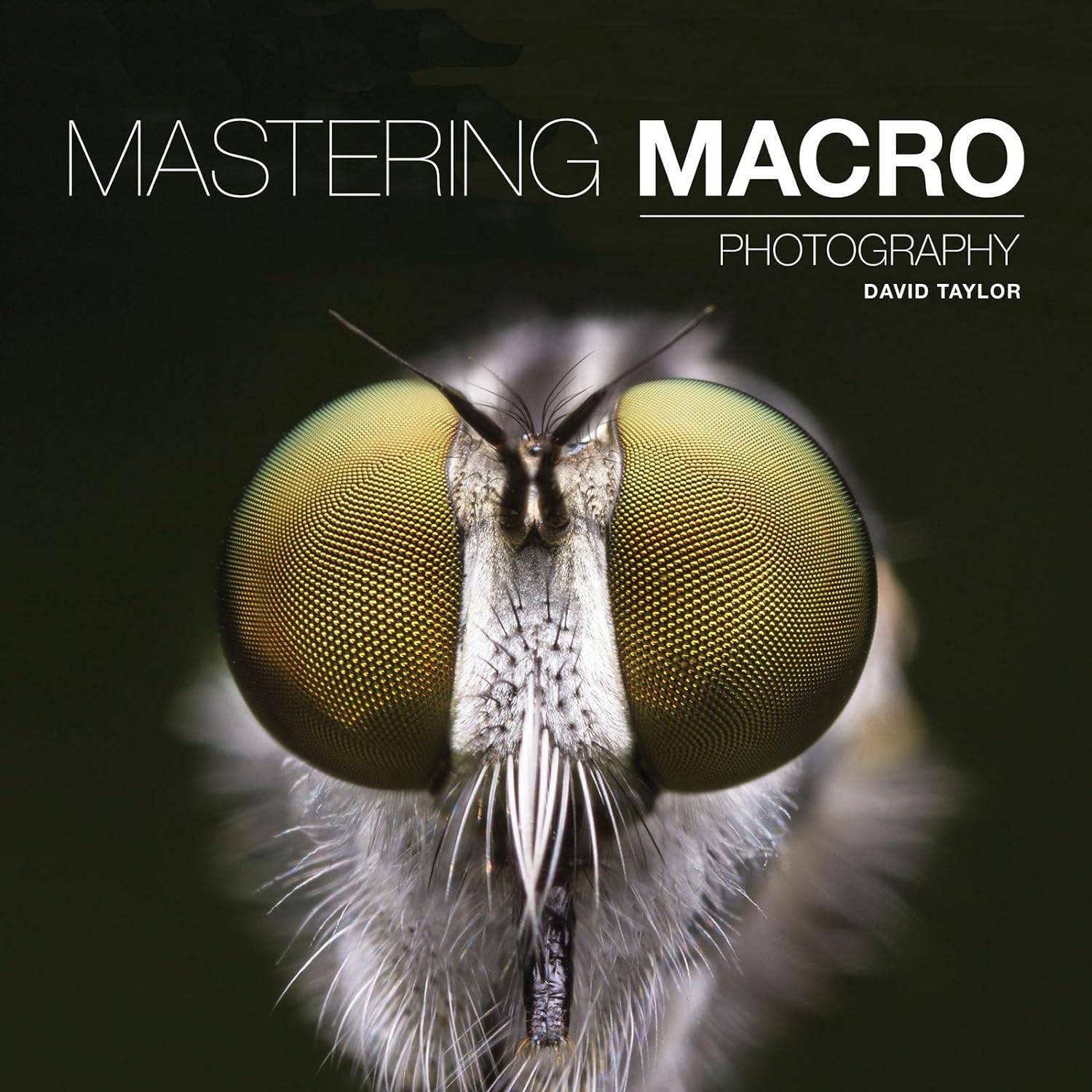
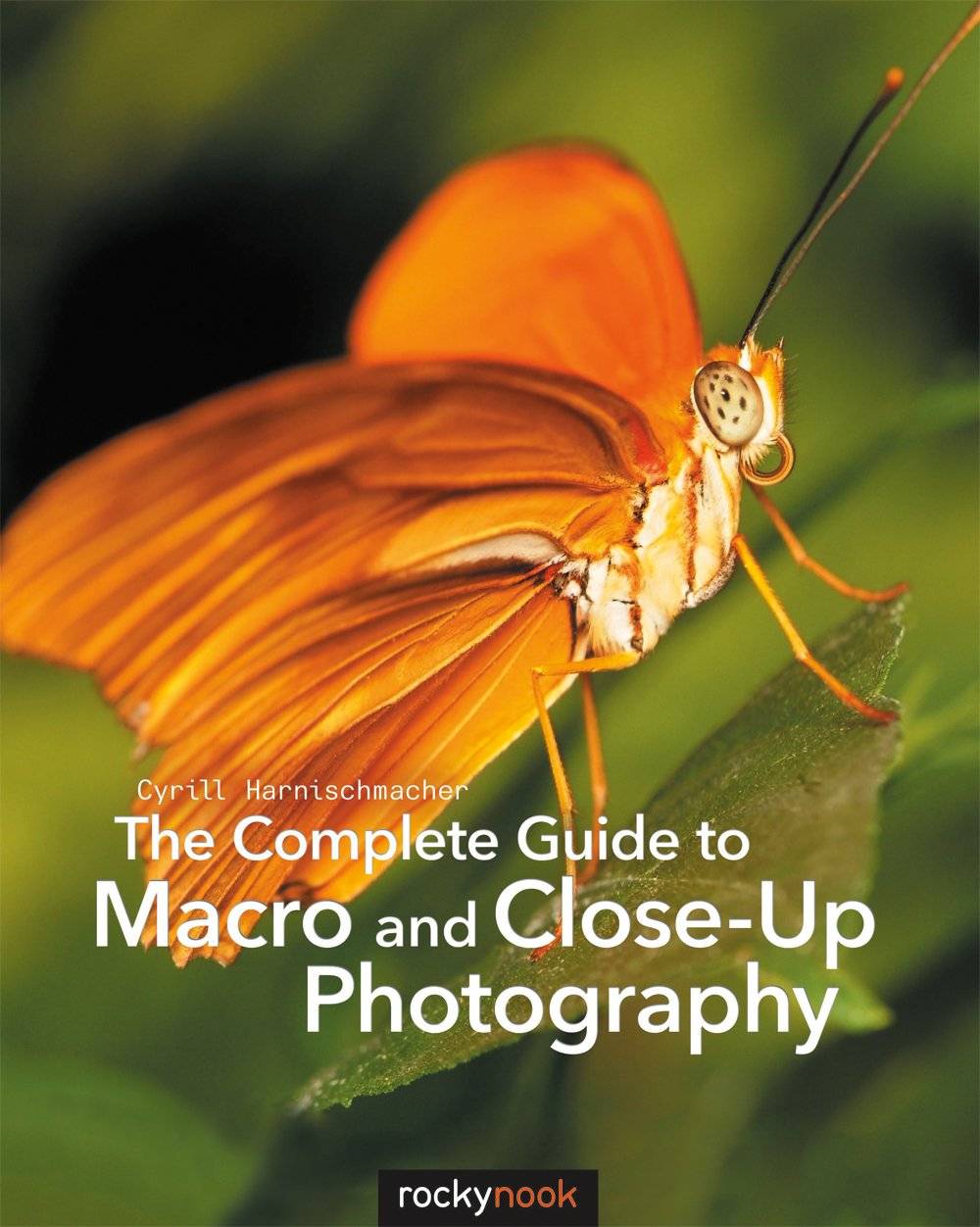
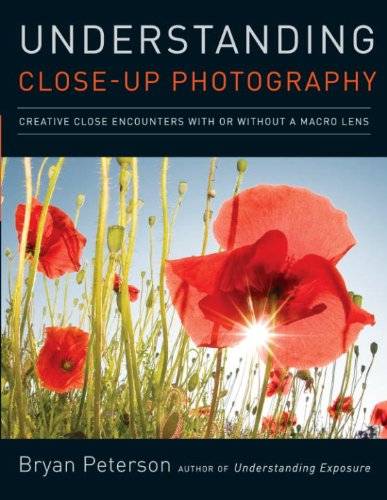
In this article, I will share my knowledge and experiences to help you take excellent macro photographs. Let’s dive into the fascinating world of macro photography!

Essential Equipment for Macro Photography:
To embark on your macro photography journey, it’s crucial to have the right equipment.
- Investing in a macro lens is the most effective way to achieve high-quality macro shots.
- These lenses are specifically designed to focus on subjects at extremely close distances, allowing you to capture fine details.
- Alternatively, you can use extension tubes or close-up filters to achieve macro-like results with your existing lenses.
- A sturdy tripod and a remote shutter release are essential to minimize camera shake and ensure sharp images.
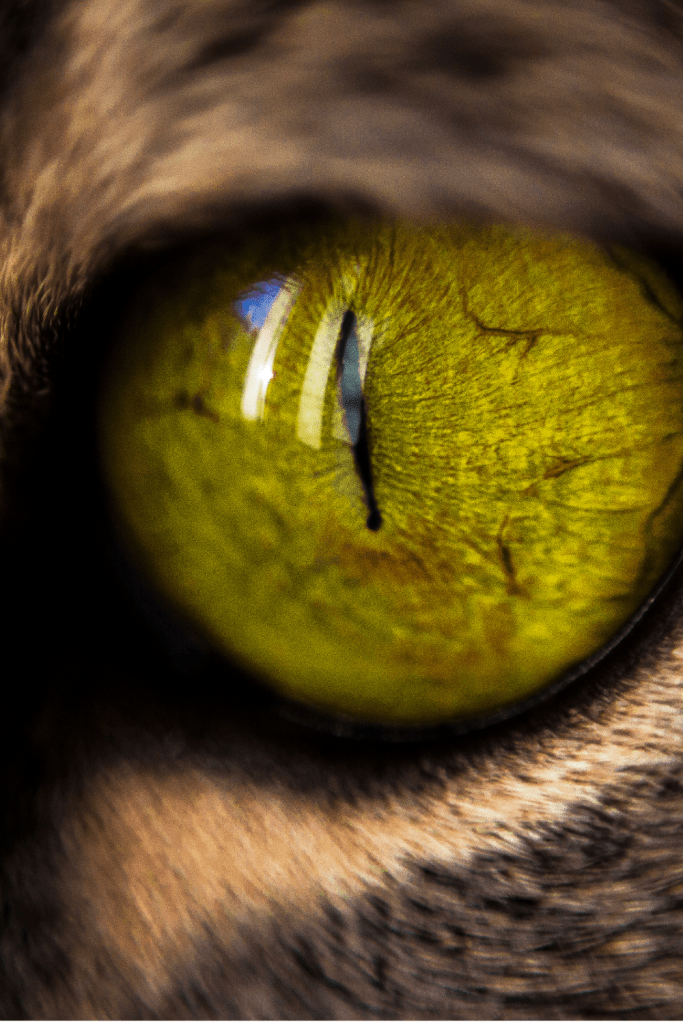
Lighting Techniques for Macro Photography
Proper lighting is vital for macro photography to highlight the details and textures of your subject.
- Utilizing natural light can yield beautiful results, especially during the golden hour, when the sunlight is soft and warm.
- To control harsh shadows and create even lighting, consider using diffusers or shooting in shaded areas.
- Another popular lighting option is a ring flash, which surrounds the lens and provides uniform illumination.
- LED lights can also be used to illuminate small subjects and bring out their colors.

Composition Tips for Macro Photography
Composition plays a crucial role in creating visually appealing macro photographs:
- Choose a strong focal point that immediately draws the viewer’s attention.
- Adhering to the rule of thirds can help create a balanced and engaging composition.
- Experiment with different depths of field to emphasize specific details while keeping the background pleasantly blurred. Consider the background carefully, ensuring it complements the subject without distracting from it.
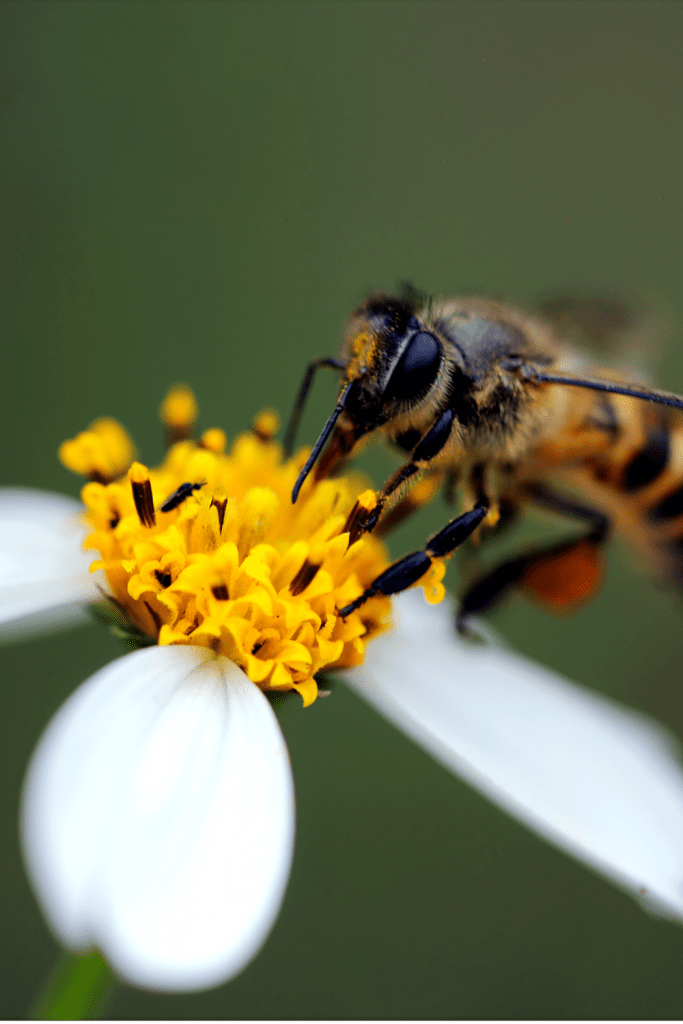
Getting Sharp Macro Shots
Achieving sharpness in macro photography can be challenging due to the extremely close focusing distances involved.
- Using a tripod is highly recommended to eliminate camera shake and ensure sharp images.
- Additionally, focus stacking techniques can be employed to combine multiple images with different focus points, resulting in a final image with a greater depth of field.
- Adjusting aperture and shutter speed settings allows you to control the sharpness and motion blur in your shots.
Lastly, manual focus can be beneficial in situations where autofocus struggles to lock onto the desired point of focus.
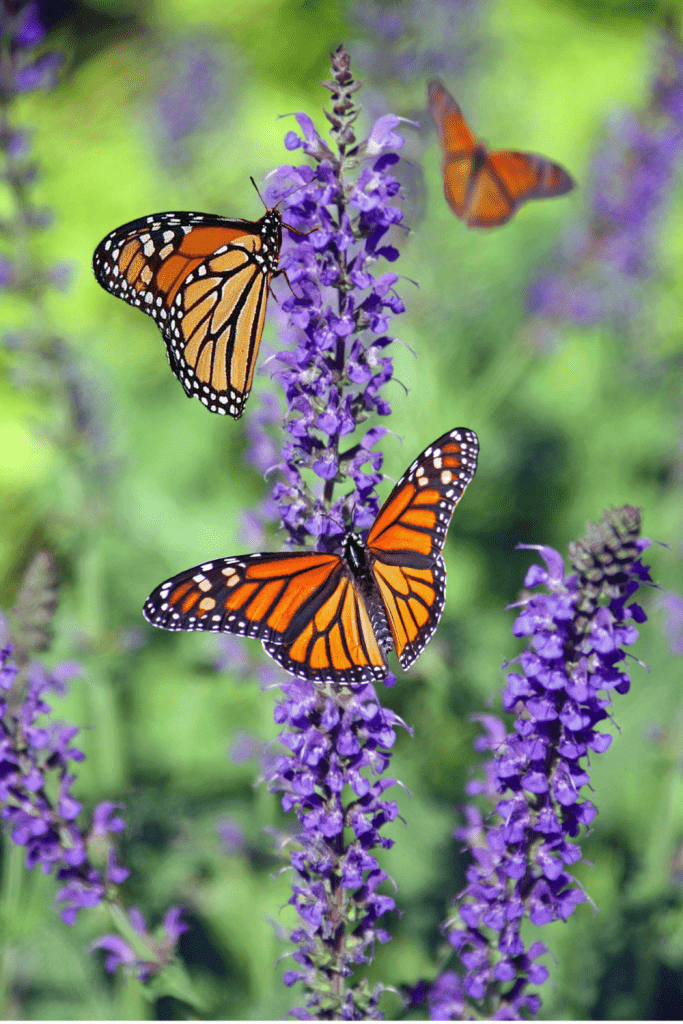
Dealing with Depth of Field
Depth of field refers to the area of sharp focus in an image.
In macro photography, depth of field can be extremely shallow, making it challenging to achieve the desired level of sharpness.
To address this, it’s important to understand aperture settings and their impact on depth of field.
- Using a smaller aperture (higher f-number) increases the depth of field, allowing more of the subject to be in focus.
However, be careful as smaller apertures can result in diffraction, which may reduce overall image sharpness.
- Another technique to overcome shallow depth of field is focus stacking. This involves capturing multiple images with different focus points and blending them together during post-processing to create an image with a greater depth of field.

Exploring Creative Techniques in Macro Photography
Macro photography offers endless creative possibilities.
- One exciting technique is abstract macro photography, where you focus on shapes, colors, and textures rather than recognizable subjects.
It allows you to create unique and visually appealing images that evoke emotions and intrigue the viewer. Another approach is capturing details and textures up close, revealing the intricate beauty often unnoticed by the naked eye.
- You can also experiment with macro panoramas by capturing multiple images of a subject and stitching them together to create a wider perspective.
Lastly, incorporating reflections can add a touch of creativity to your macro shots, offering unique perspectives and visual interest.

Overcoming Challenges in Macro Photography
Macro photography comes with its fair share of challenges.
As mentioned before, one common obstacle is dealing with a shallow depth of field.
- To mitigate this, focus stacking, and careful aperture selection can be employed.
- Camera shake is another challenge, especially when working with high magnifications and longer exposure times.
- Using a sturdy tripod, remote shutter release, and mirror lock-up function (if available) can help minimize camera shake.
- Lighting can also pose challenges, such as harsh shadows or uneven illumination.
Experimenting with different lighting techniques, diffusers, reflectors, or portable LED lights can help overcome such issues and enhance the overall quality of your macro photographs.

Post-Processing for Macro Photography
Post-processing is an essential step in maximizing the potential of your macro photographs.
- Basic adjustments, such as adjusting exposure, contrast, and white balance, can enhance the overall look of your images.
- Sharpening and noise reduction techniques should be applied selectively to maintain fine details while reducing any unwanted artifacts.
- Additionally, you can enhance colors through saturation adjustments or targeted color corrections to bring out the vibrancy and richness in your macro shots.
Remember to strike a balance between enhancing the image and maintaining a natural and realistic appearance.
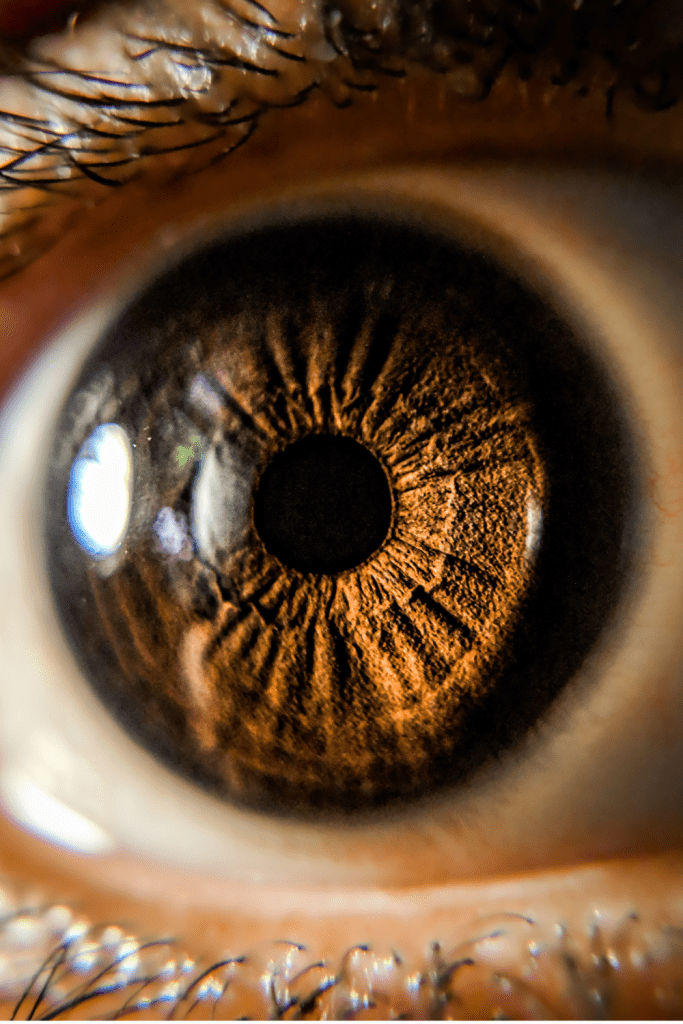
Final Thoughts:
Macro photography is a captivating realm that allows us to explore and appreciate the intricate beauty of the small world around us.
By investing in the right equipment, mastering lighting techniques, understanding composition principles, and overcoming common challenges, you can take stunning macro photographs that showcase the hidden wonders of the micro cosmos.
Embrace your creativity, experiment with different techniques, and let your passion for macro photography guide you on an exciting visual journey.
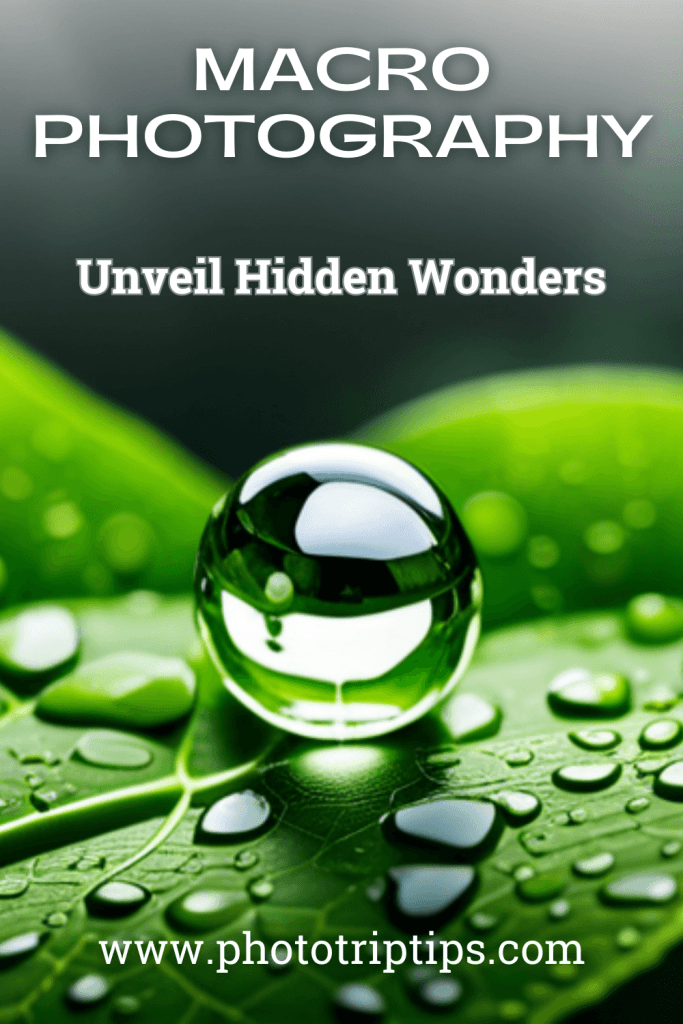
FAQs (Frequently Asked Questions)
- Can I achieve macro-like results without investing in a dedicated macro lens?
Yes, you can use extension tubes or close-up filters with your existing lenses to achieve macro-like results. However, dedicated macro lenses offer superior image quality and maximum magnification.
- How do I choose the right aperture for macro photography?
Choosing the right aperture depends on the desired depth of field. A smaller aperture (higher f-number) will increase the depth of field but may reduce overall sharpness due to diffraction.
- Is it necessary to use a tripod for macro photography?
Using a tripod is highly recommended in macro photography to ensure sharpness and minimize camera shake. It provides stability and allows you to compose your shot precisely.
- What is focus stacking, and when should I use it?
Focus stacking is a technique where you capture multiple images with different focus points and blend them together during post-processing. It is useful when you want to achieve a greater depth of field in macro shots with challenging subjects or when using wider apertures.
- How can I overcome lighting challenges in macro photography?
Diffusers, reflectors, and portable LED lights can help control lighting and minimize harsh shadows. Shooting during the golden hour or in shaded areas can provide beautiful natural lighting conditions.
- Is post-processing necessary for macro photography?
Post-processing allows you to enhance and refine your macro images further. Basic adjustments, sharpening, noise reduction, and color enhancements can bring out the best in your photographs.
- Can I use a smartphone for macro photography?
Yes, smartphones can capture impressive macro shots with the help of clip-on macro lenses or macro lens attachments designed specifically for smartphones.
- What are some popular subjects for macro photography?
Popular subjects for macro photography include flowers, insects, textures, water droplets, jewelry, and small objects with intricate details.
- How can I achieve a pleasing bokeh effect in macro photography?
To achieve a pleasing bokeh effect, use a wide aperture (smaller f-number) to create a shallow depth of field and isolate your subject from the background. Experiment with different lenses and aperture settings to achieve the desired bokeh effect.
- Can I use natural light exclusively for macro photography?
Yes, natural light can produce stunning results in macro photography. However, it’s important to understand how to control and manipulate natural light to achieve the desired effect. Consider diffusers, reflectors, and shooting during specific times of the day for optimal natural lighting conditions.
Remember, macro photography is a continuous learning process. Experimentation, practice, and exploring different techniques will help you develop your own unique style and capture breathtaking macro images. Enjoy the journey and let your passion for capturing the tiny wonders of the world shine through your photographs.

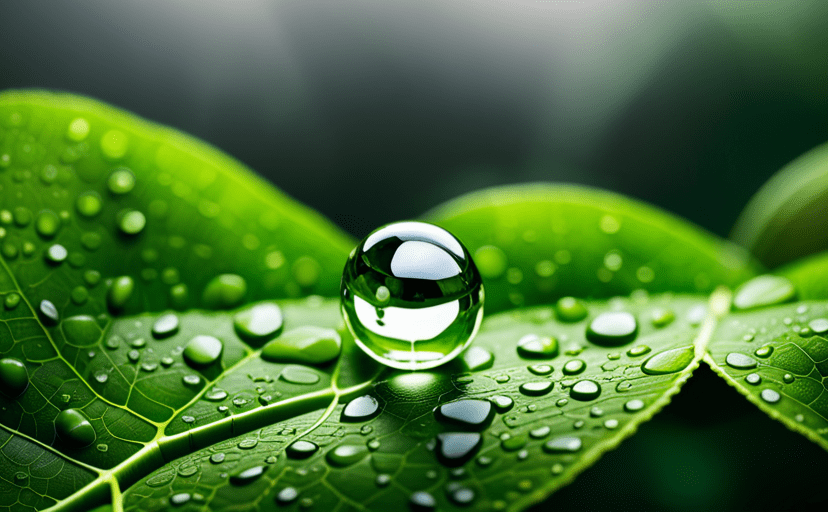

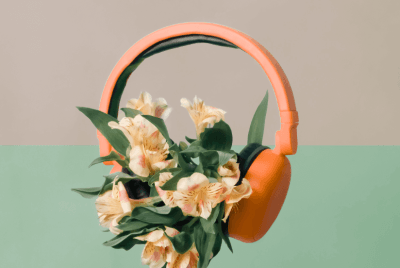
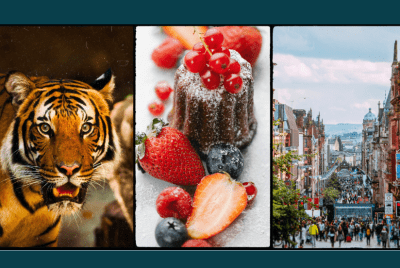
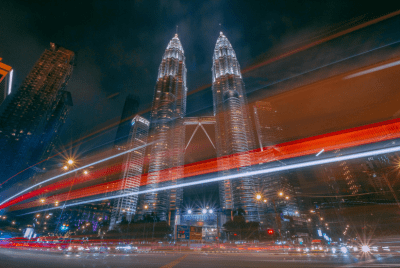

Comments are closed.